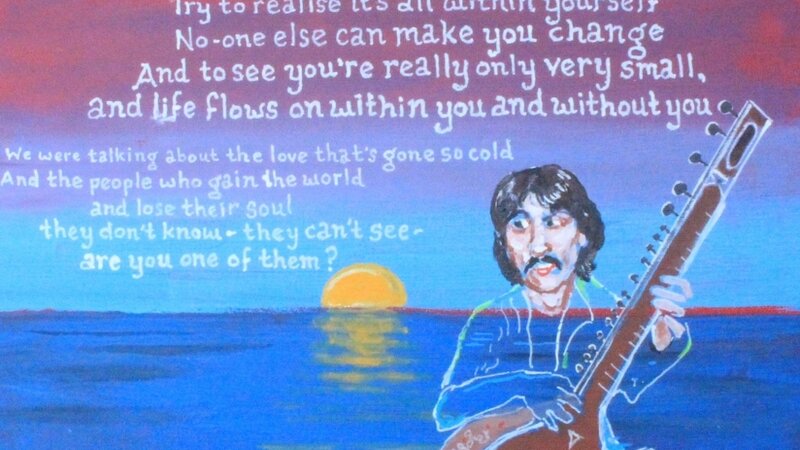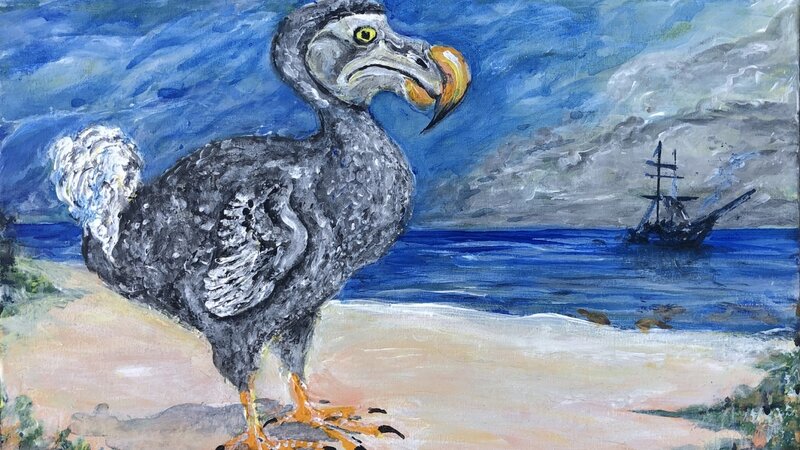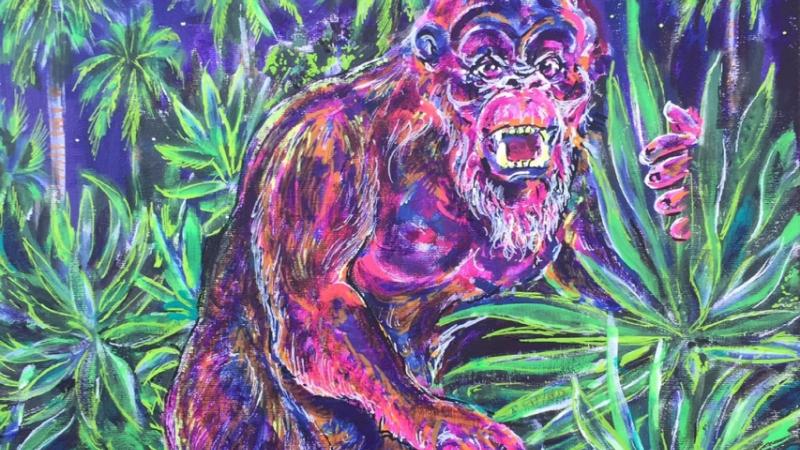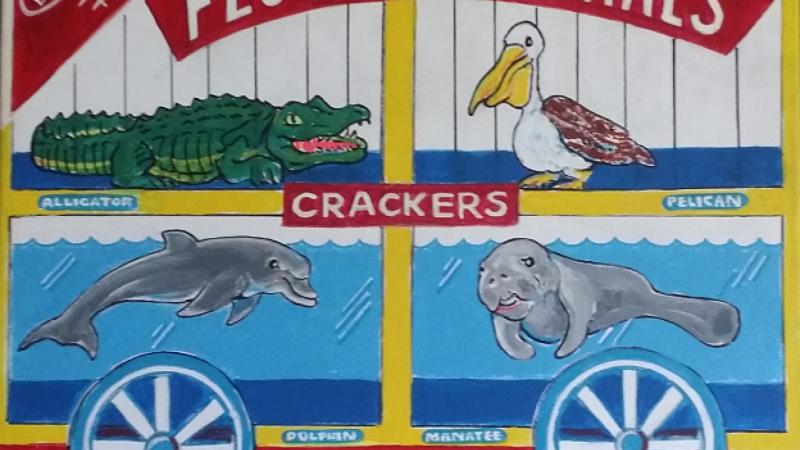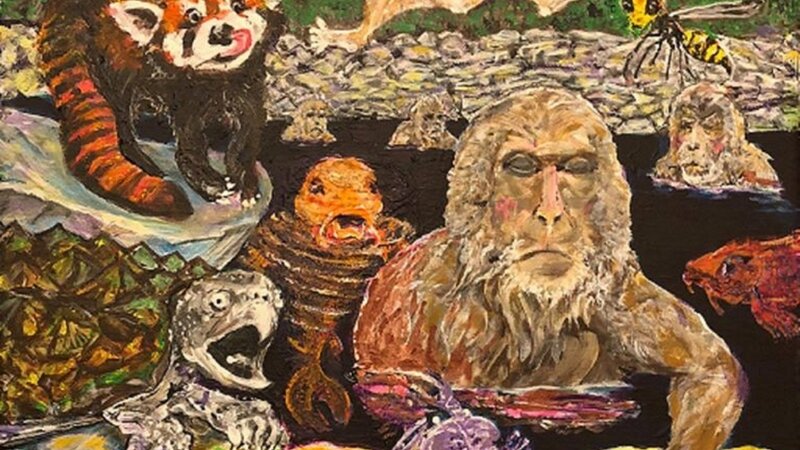Jonathan Morrill
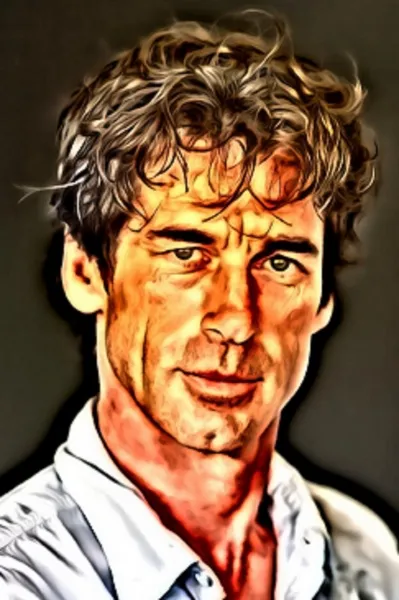
Jonathan Morrill is a Hollywood-based artist. His acrylic works of many a tinsel-town icon have graced the walls of La-La Land's great haunts, including Hollywood Forever Cemetery and The Hollywood Wax Museum. His Hollywood Icon portraits are exhibited at Creature Features Gallery in Burbank, The Carter-Sexton Gallery in North Hollywood, The Art Parlor in North Hollywood, Crafted in the Port of Los Angeles, and The Aquarium of the Pacific, in Long Beach.
Classification: Adult Intermediate
